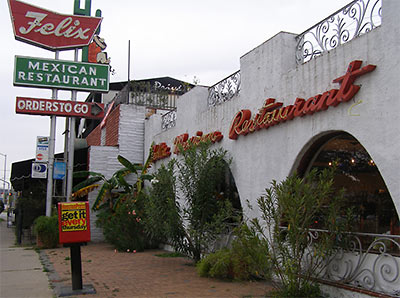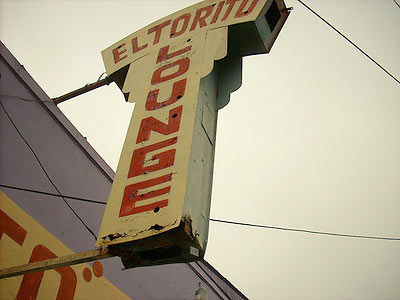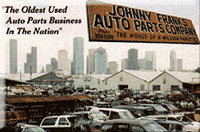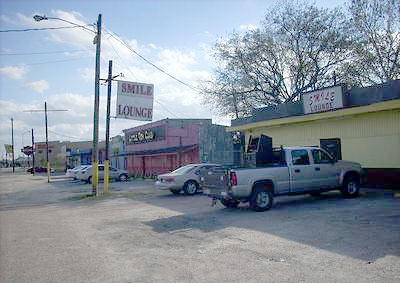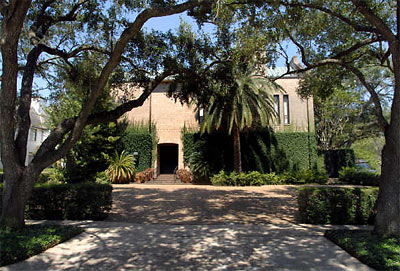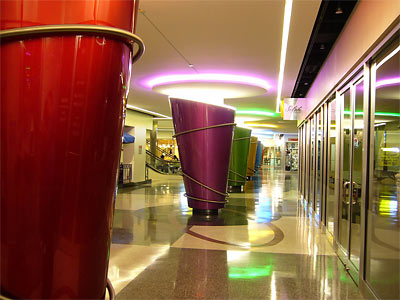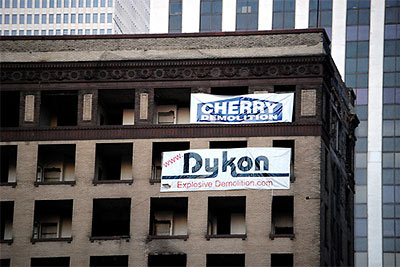
Reluctant rubble maker Cherry Demolition was once exclusively a house-moving company, shuffling quaint little homes in West University. But that was before the late 1980s, when the neighborhood started changing, reports the Houston Business Journal:
Older bungalow-style houses were being torn down and replaced with new multiple-story brick homes.
Instead of watching potential moving business disappear along with the bungalow homes, the Cherry brothers drew up a plan to buy the bungalow-style houses, remove them from the property, find a buyer with a vacant lot, sell the house and then deliver it.
But although this strategy kept the house-moving business going, it was not without problems.
Houses that were too wide, roofs that were too tall or termite damage increased the cost of moving a structure. Three strikes against a house usually meant passing it over. Usually only one in about 20 houses was a suitable candidate for moving and reselling.
Hmmm . . . what to do???
Then inspiration struck. If only one out of 20 homes could be moved, the rest were candidates for demolition, the brothers realized.
- Movers and shakers [Houston Business Journal]
- The Downtown Boom: Reader Photos and Videos from the Montagu Hotel Implosion [Swamplot]
Photo of Montagu Hotel by Flickr user ss.yesterday



